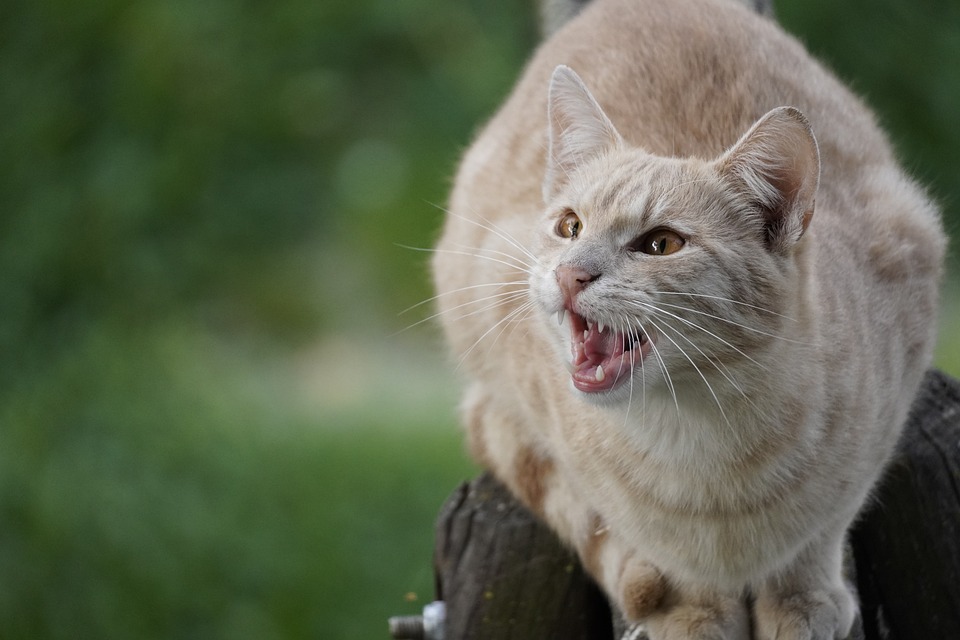Heading: Grooming Tips for Long-Haired Cats: Maintaining a Healthy Skin and Coat
Introduction:
Grooming is an essential aspect of cat care, particularly for long-haired breeds. Regular grooming not only keeps your cat’s coat looking beautiful but also plays a vital role in maintaining their overall health. In this article, we will explore effective grooming techniques and share valuable tips to ensure your long-haired feline friend boasts a lustrous coat and healthy skin.
Why is grooming important for long-haired cats?
Long-haired cat breeds, such as Persians, Maine Coons, and Ragdolls, have exquisite coats that require special attention. Here’s why proper grooming is crucial for long-haired cats:
1. Prevents matting: Long fur is prone to matting, which can be painful and lead to skin irritation or infection if left unattended. Regular grooming helps prevent mats from forming.
2. Reduces hairballs: Long-haired cats are more susceptible to hairballs, which can cause discomfort and digestive issues. Regular brushing minimizes shedding and reduces the likelihood of hairballs.
3. Promotes healthy skin: Grooming stimulates the cat’s skin and distributes natural oils, leading to healthier skin and a shinier coat.
Grooming Tools for Long-Haired Cats
To maintain your long-haired cat’s skin and coat, you’ll need a few essential grooming tools:
1. Slicker brush: A slicker brush is ideal for removing tangles, loose hair, and preventing matting. Choose one with fine bristles to avoid scratching your cat’s delicate skin.
2. Wide-toothed comb: A wide-toothed comb is useful for detangling and removing loose hair after using a slicker brush. It also helps to spot and remove any remaining mats.
3. Stainless steel grooming scissors: These scissors are handy for carefully trimming small mats or knots that cannot be untangled.
4. Grooming gloves: Grooming gloves are an excellent alternative to brushes for cats who are not fond of regular brushing. The gloves have soft rubber bristles that help remove loose hair while providing a gentle massage.
Grooming Techniques for Long-Haired Cats
1. Establish a grooming routine: Get your long-haired cat accustomed to regular grooming from an early age. Start with short sessions and gradually increase the duration to make it a positive experience for your feline companion.
2. Brushing: Brush your cat’s coat at least once a day to prevent matting. Begin by gently brushing the fur in the direction of hair growth, paying extra attention to areas prone to matting, such as the belly and armpits. Use a slicker brush to remove loose hair and tangles, followed by a wide-toothed comb to ensure thorough detangling.
3. Mat removal: If you encounter mats that cannot be untangled, avoid pulling or cutting them close to the skin, as this may cause injury. Instead, hold the mat close to the skin and carefully trim it with grooming scissors. Take caution not to cut the skin or your cat’s fur excessively.
4. Bathing: Long-haired cats may require occasional baths to keep their coats clean and healthy. Use a cat-specific shampoo and follow the instructions carefully. Ensure your cat is comfortable and secure during the bath, and always dry them thoroughly afterward to prevent chilling.
5. Eye and ear care: Long-haired cats are prone to tear stains and ear infections. Use a damp cloth to gently clean any tear stains around the eyes. Additionally, check the ears regularly for dirt, wax buildup, or signs of infection. If needed, consult your veterinarian for appropriate ear cleaning solutions.
FAQs about Grooming Long-Haired Cats
1. How often should I groom my long-haired cat?
Ideally, long-haired cats should be groomed daily to prevent matting and keep their coats in top condition. However, if daily grooming is not feasible, aim for at least three to four grooming sessions per week.
2. Can I use human grooming tools on my cat?
No, it is not recommended to use human grooming tools on your cat. Cat-specific grooming tools are designed to be safe and effective for your feline friend’s delicate skin and coat. Human tools may cause discomfort or injury to your cat.
3. My long-haired cat hates being groomed. What should I do?
If your cat dislikes grooming, introduce positive reinforcement techniques such as treats, praise, or playtime during and after grooming sessions. Start with short sessions and gradually increase the duration as your cat becomes more comfortable. If grooming remains a challenge, consult a professional groomer for assistance.
4. Can I shave my long-haired cat to avoid grooming?
Shaving a long-haired cat should only be considered in exceptional circumstances and under veterinary guidance. Cats rely on their coats for protection from temperature changes and sunburn. Shaving can disrupt their natural cooling and heating abilities and may lead to other health issues.
Remember, grooming your long-haired cat is not only beneficial for their appearance but crucial for their overall health and well-being. By following the proper techniques and maintaining a consistent grooming routine, you can ensure your feline friend’s skin and coat remain healthy and beautiful.








